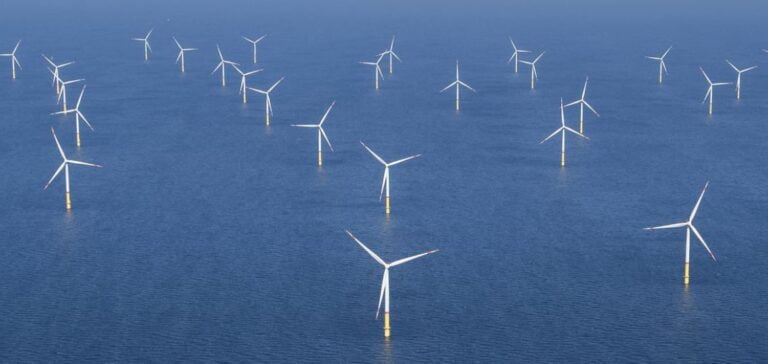Fingrid has identified five areas along the west coast of Finland where large offshore wind farms could be connected to the onshore transmission grid by the 2030s. These areas include Ulvila, Närpiö, Vaasa, Raahe and Raisio, with additional potential at Inkoo if offshore wind development becomes viable in the maritime areas of southern Finland. This initiative requires significant investment in the power grid.
Stakeholder consultation
As part of this study, Fingrid is seeking feedback from stakeholders to refine the precise connection points up to June 23, 2024. This consultative approach aims to incorporate a variety of perspectives and ensure that decisions taken are in line with the country’s energy and environmental needs.
Development Potential and Economic Impact
Several multi-gigawatt offshore wind projects are planned in Finland’s maritime zones, with connection requests for up to 95 gigawatts of offshore wind power. Total installed offshore wind power capacity is estimated to reach 6.5 GW by the end of the 2030s, corresponding to over 30 TWh of annual production. This significant expansion is driven by the economic viability and acceptability of offshore wind projects, particularly at the turn of the 2020s to the 2030s.
Fingrid’s initiative to develop Finland’s offshore wind power grid illustrates a proactive strategy to meet the expected rise in electricity consumption, while promoting the energy transition to more sustainable sources. The results of this study and the commitment of stakeholders will be crucial in shaping Finland’s energy future in the decades to come.






















